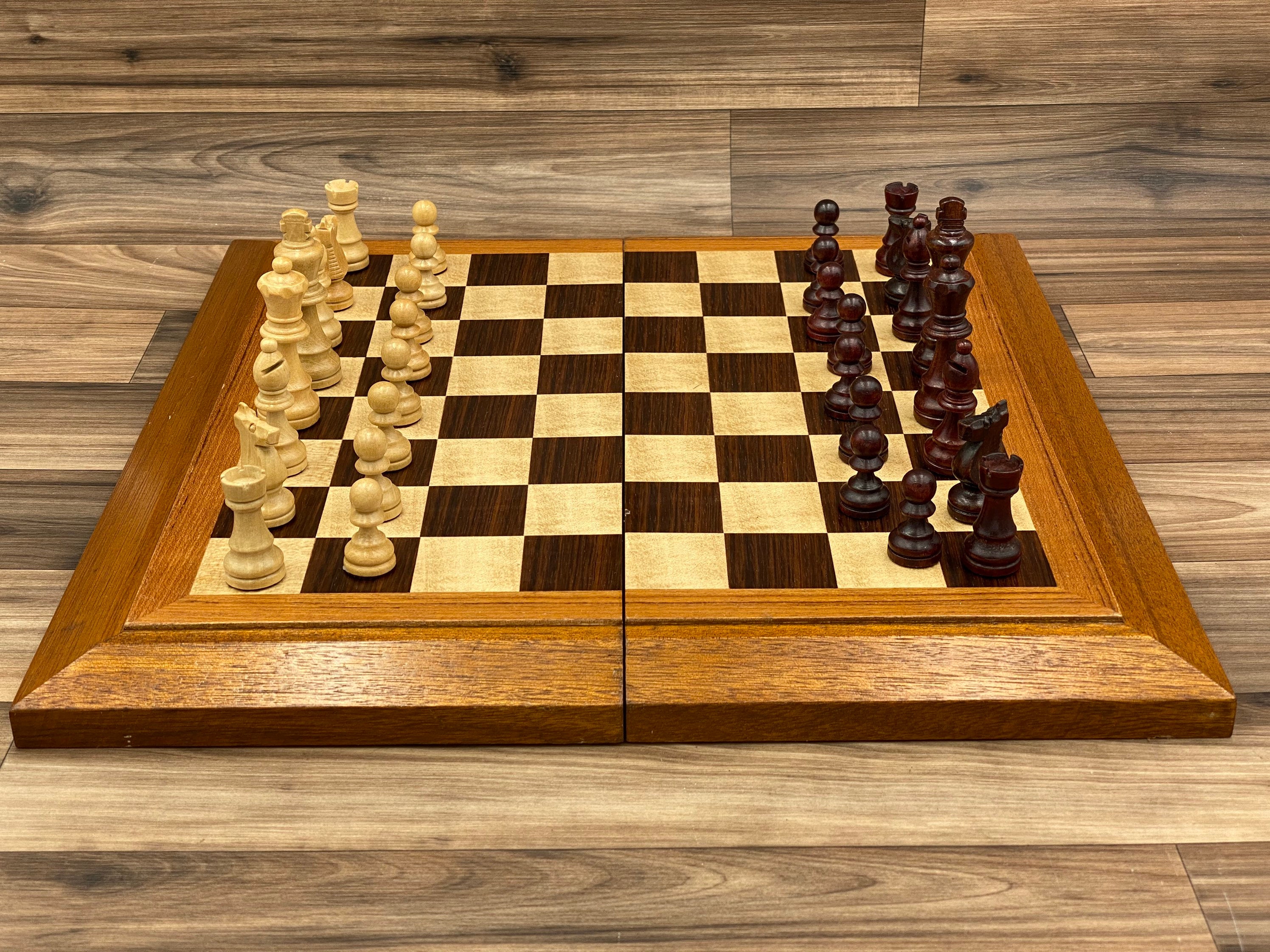Chess, a game that transcends time and borders, is revered because of its strategic depth and intellectual challenge. Central to this ancient game are the chess pieces, each possessing unique abilities and roles on the 64-square battlefield. In this blog, we will delve into the intricate world of chess piece moves and names, providing a thorough guide for both beginners and seasoned players alike.
The King:
The King, the most crucial piece on the chessboard, symbolizes the best objective of the game protection. Moving https://wilmingtonchess.com in any direction, the King possesses limited mobility but is central to the idea of checkmate, where the opponent's King is rendered defenseless.

The Queen:
Regarded as probably the most powerful piece, the Queen combines the abilities of both Rook and Bishop. This majestic piece can move in any direction, horizontally, vertically, or diagonally, making it a formidable force to be reckoned with. The Queen's versatility allows it to dominate the board and play a pivotal role in executing strategic maneuvers.
The Rook:
The Rook, often known as the Castle, boasts exceptional power with regard to mobility. It could move horizontally or vertically across a variety of unobstructed squares, rendering it a valuable asset when it comes to controlling ranks and files. In the endgame, Rooks can form a potent attacking force, working together to corner the opponent's King.
The Bishop:
The Bishop, represented by way of a distinct pointed hat, is characterized by its diagonal movement. Each player starts with two Bishops, one on the light-colored squares and another on the dark-colored squares. The Bishop's range is limited to squares of the same color it starts on, thus emphasizing the importance of strategic placement and coordination with other pieces.
The Knight:
The Knight, known for its peculiar L-shaped move, may be the only piece that may jump over other pieces on the board. It moves within an "L" pattern, comprising two squares in a single direction and something square perpendicular to it. The Knight's unique movement allows it to gain access to squares that other pieces cannot, making it an excellent piece for tactical maneuvers and surprises.
The Pawn:
The Pawn, the smallest and most numerous piece, may seem humble, but it holds significant strategic importance. Pawns progress one square, except on the initial move, where they will have the choice to advance two squares. Pawns capture pieces diagonally, and upon reaching the opponent's back rank, they can be promoted to any piece (except the King), further enhancing their potential.
Understanding the moves and names of chess pieces is an essential foundation for mastering the game. Each piece has its unique abilities and plays a part in the intricate tapestry of strategy and tactics. By familiarizing yourself making use of their moves, you gain the tools to navigate the chessboard with confidence and finesse. With repetition and experience, it is possible to develop a deep understanding of the game, unveiling its beauty and unveiling the secrets of victory. So, go forth, explore, and let the symphony of chess unfold before you.
